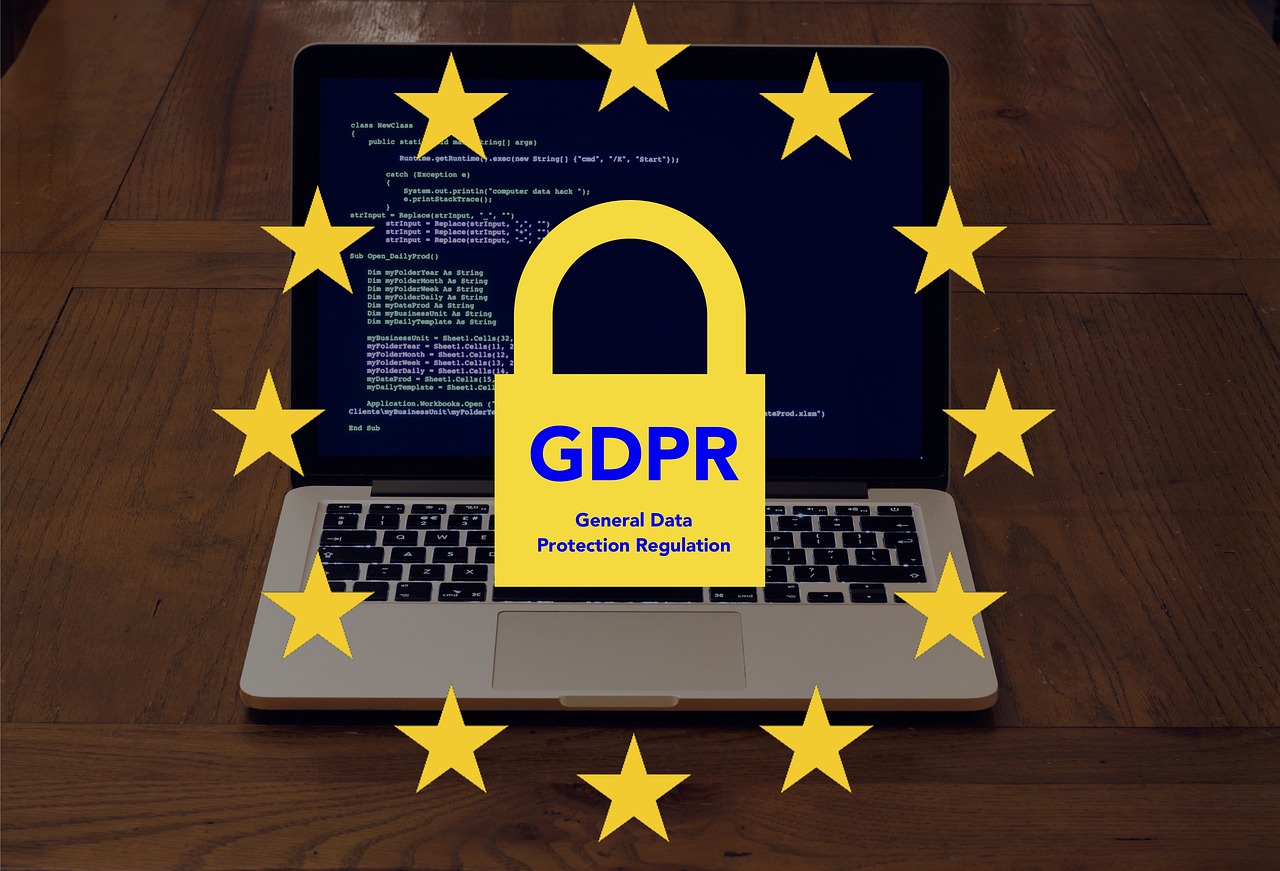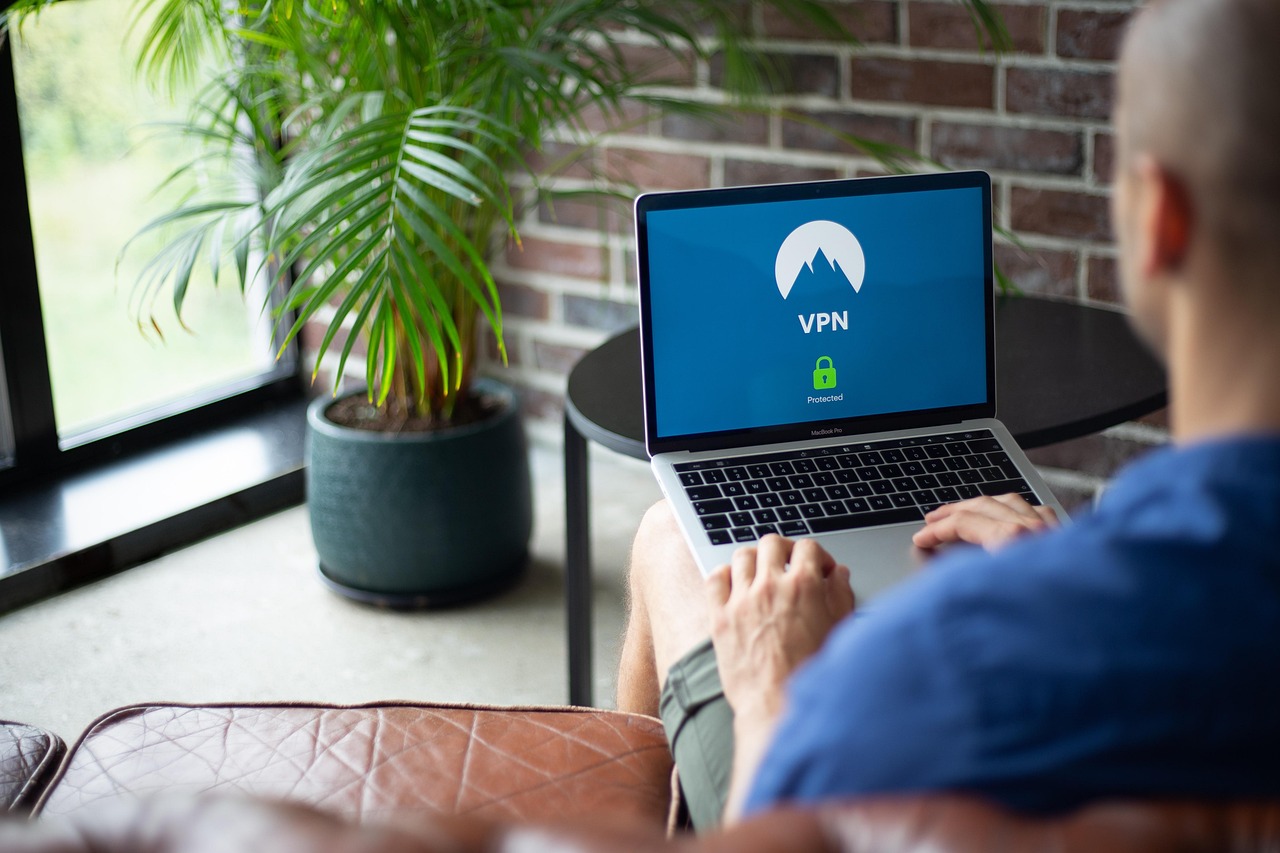
Ransomwares Tangled Web: Unpacking Multi-Extortion Tactics
Ransomware attacks are no longer a theoretical threat discussed in cybersecurity circles; they are a harsh reality impacting businesses and individuals worldwide. From small family-owned shops to multinational corporations and critical infrastructure, no one is immune. This escalating threat demands a comprehensive understanding of what ransomware is, how it works, and, most importantly, how to defend against it. This guide will equip you with the knowledge and strategies to protect your valuable data and systems.
What is Ransomware?
Ransomware is a type of malicious software (malware) that encrypts a victim's files, rendering them inaccessible. The attacker then demands a ransom payment, typically in cryptocurrency, in exchange for the decryption key necessary to restore access to the dat...









